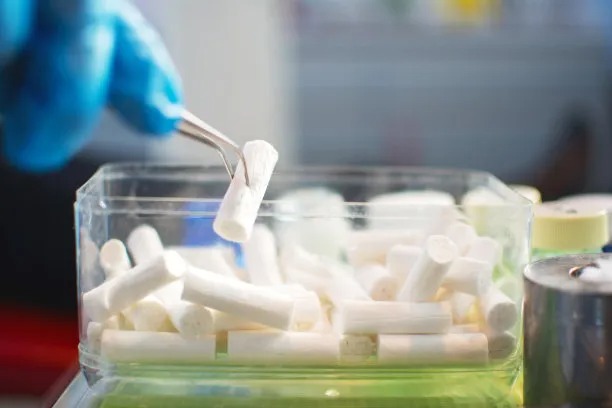The Essential Guide to Safely Extracting a Tooth at Home Without Professional Assistance
Summary: Extracting a tooth at home may seem daunting, but with the right guidance, it can be done safely and effectively. This essential guide provides step-by-step instructions on how to prepare for the extraction, the tools needed, the best techniques to employ, and post-extraction care to promote healing. Understanding the risks and managing pain are critical components of this process. Through careful planning and adherence to safety protocols, individuals can navigate at-home tooth extractions with confidence and minimal discomfort.
1. Preparing for the Tooth Extraction

Preparation is key to any successful tooth extraction. Before proceeding with the extraction, it is crucial to evaluate the necessity of the procedure. Identifying the tooth that needs to be removed is the first step, which is often prompted by pain, decay, or inability to align properly with adjacent teeth.
Once you confirm the extraction is necessary, gather all the required materials. You will need a dental clamp or tweezers, some antibacterial mouthwash, gauze, and a pain reliever. Preparing your environment will also help; ensure you are in a clean space where you can sit comfortably and keep everything within arm鈥檚 reach.
Moreover, you should mentally prepare for the extraction. Calm yourself and ensure that you are in a suitable physical and emotional state. Having a friend or family member nearby for support can also be beneficial. Knowing what to expect can alleviate anxiety and help in achieving a smoother experience.
2. Tools Needed for Safe Extraction
Having the right tools can make a significant difference during a tooth extraction. While using household items may seem tempting, always opt for tools specifically designed for dental procedures if possible. A pair of sterilized dental forceps or tweezers is essential for gripping the tooth securely.
Additionally, one should have antiseptic mouthwash to clean the area around the tooth, which helps to reduce the risk of infection. Sterilized gauze is also needed to manage bleeding post-extraction. Ice packs are advisable for reducing swelling and alleviating pain after the procedure.
Also, consider having dental floss on hand. While not a direct extraction tool, it can be used to maneuver the tooth if necessary, removing debris and ensuring a clear line of sight during the extraction process. Make sure all tools are sterilized to minimize the potential of introducing bacteria into the extraction site.
3. Techniques for Tooth Extraction
Once you are fully prepared, the next step is executing the extraction itself. Begin by rinsing your mouth with antiseptic mouthwash to ensure the extraction site is clean. Gently grasp the tooth with the forceps or tweezers, ensuring a tight grip without excessive force.
Next, rock the tooth back and forth slowly. This helps to loosen it from the surrounding gum tissue and ligaments. Avoid abrupt movements, as these can increase pain and lead to potential complications. If you experience significant resistance, stop and assess the situation; do not force the tooth out.
Once the tooth is sufficiently loosened, it should slide out relatively easily. After removal, apply gentle pressure with gauze to the extraction site to manage any bleeding. Keeping the pressure on for around 30 minutes can significantly help in reducing blood flow. If the bleeding persists, do not hesitate to contact a healthcare professional.
4. Post-Extraction Care and Healing
Post-extraction care is crucial in promoting healing and preventing infection. After the tooth is removed, continue to hold gauze over the extraction site for at least another hour to ensure blood clotting. It鈥檚 essential not to disturb the clot, as this protects the underlying bone and nerve endings.
Avoid solid foods or using straws for the first few days following the extraction. Soft foods and ample hydration are encouraged to facilitate recovery. If swelling occurs, apply an ice pack for 20-minute intervals to help reduce it.
A crucial aspect of aftercare is monitoring for signs of infection or complications, such as increased pain and fever. If any alarming symptoms arise, seek professional medical assistance promptly. Pain relief can be managed with over-the-counter medications; however, consult a pharmacist for the best option suited for your circumstances.
Summary:
This guide has elaborated on safely extracting a tooth at home, emphasizing preparation, required tools, effective techniques, and aftercare. By following precise instructions and implementing safety measures, a potentially painful experience can turn into a manageable one.
Remember, this article is compiled by Vickong Dental and the content is for reference only.


